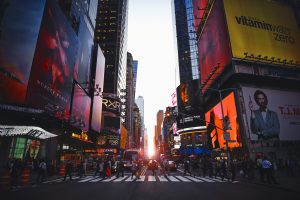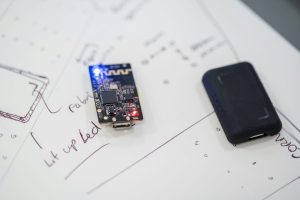Blending Artificial Intelligence with Human Creative Potential
It’s no secret that technology and artificial intelligence (AI) are rapidly advancing in today’s world. From self-driving cars to virtual assistants, AI is becoming increasingly intertwined with our daily lives. But while many fear the rise of AI will lead to a loss of human jobs and creativity, the truth is quite the opposite. In fact, when combined with human potential, AI has the power to enhance and amplify our creative abilities like never before. This concept of blending AI with human creative potential is not only exciting, but also holds great promise for the future of innovation and problem-solving.
The Power of AI in Creativity
First, let’s take a closer look at what exactly AI is and how it can be utilized in the creative process. AI refers to the ability of machines to imitate human cognitive functions such as learning, problem-solving, and decision-making. This technology has made huge strides in recent years, with advancements in machine learning, natural language processing, and computer vision.
This means that AI has the potential to analyze vast amounts of data, recognize patterns, and generate unique ideas and solutions. In the world of creativity, this can be a powerful tool. AI algorithms can analyze and synthesize existing ideas, leading to entirely new and innovative concepts. It can also assist in tasks such as editing, designing, and even writing content, saving valuable time and allowing humans to focus on the more conceptual aspects of the creative process.
The Limitations of AI
While AI has immense potential in creativity, it’s important to acknowledge its limitations. As advanced as AI may be, it is still a machine and lacks the emotional intelligence and empathy that humans possess. This means that while AI can generate ideas and solutions, it may not always understand the cultural or social contexts surrounding them. This is where human involvement becomes crucial in blending AI with creative potential.
The Need for Human Input
The key to effectively blending AI with human creative potential lies in collaboration and cooperation. By bringing together the strengths of both AI and humans, we can create a powerful synergy for innovation. Human input, such as storytelling, empathy, and critical thinking, is necessary to put the ideas generated by AI into a meaningful context and bring them to life.
AI can assist humans in testing and refining ideas, improving the overall quality and efficiency of the creative process. On the other hand, humans can provide emotional intelligence and human touch that are essential in connecting with audiences and making a lasting impact.
Real-World Examples
The integration of AI and human creative potential is already being seen in various industries. For example, in the music industry, AI is being used to analyze music data, predict trends, and even assist in songwriting. Similarly, in the world of art, AI algorithms are generating unique and breathtaking pieces of art that artists can then add their personal touches to.
In advertising, AI is being used to create personalized and targeted campaigns, while humans provide the storytelling and human connection to make them resonate with audiences. And in the field of medicine, AI is assisting doctors in diagnosing and treating diseases, freeing up more time for doctors to focus on the human aspect of patient care.
The Future of Blending AI with Human Creative Potential
The possibilities for blending AI with human creative potential are endless. As AI continues to advance, it will become an even more powerful tool in the creative process. With AI handling repetitive and time-consuming tasks, humans will have more time and energy to devote to the conceptual and emotional aspects of creativity.
Furthermore, the collaboration between AI and humans has the potential to lead to unprecedented levels of innovation. By combining our distinct abilities, we can push the boundaries of what is possible and create solutions to complex problems that were once unimaginable.
Conclusion
As we continue to witness the rapid advancement of AI, it’s important to remember that it doesn’t have to be a threat to human creativity, but rather a partner. By blending AI with human creative potential, we can unlock a whole new realm of possibilities for innovation and problem-solving. The key lies in embracing collaboration and recognizing the unique strengths of both AI and humans. Together, we can create a brighter and more creative future.











